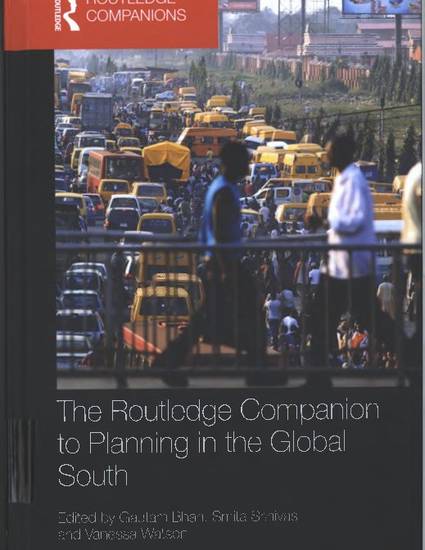
Contribution to Book
Is there a typical urban violence?
The Routledge Companion to Planning in the Global South
(2018)
Abstract
During the last 25 years, violence has become one of the most important issues for Latin American cities due to changes in its nature, its social and economic impacts, the increase in its magnitude and the appearance of new types of violence. Violence extends throughout countries and cities of the region with differing characteristics, causing changes of urbanism (construction of walls in cities), new behaviour in the population (anxiety, helplessness), changes in social interactions (reduced citizen participation and socialisation) and the militarisation of cities (heavy-handed policies, military in the streets), as well as a reduction in the quality of life of the population (homicides, property loss). However, the current model of cities also produces violence that has never been seen before, such as ‘non-criminal’ violence that arises from fragmentation, exclusion, density, the dispute over public space and access to services. In other words, the problems of transportation, services, environment, poverty and housing have incorporated violence, so much so that they have become an additional urban problem, which requires new urban planning explicitly tied to policies of public safety.
Disciplines
Publication Date
2018
Editor
Gautam Bhan, Smita Srinivas, Vanessa Watson
Publisher
Routledge Companions
Citation Information
Fernando Carrión Mena and Alexandra Velasco. "Is there a typical urban violence?" New YorkThe Routledge Companion to Planning in the Global South (2018) p. 287 - 297 Available at: http://works.bepress.com/fernando_carrion/725/
